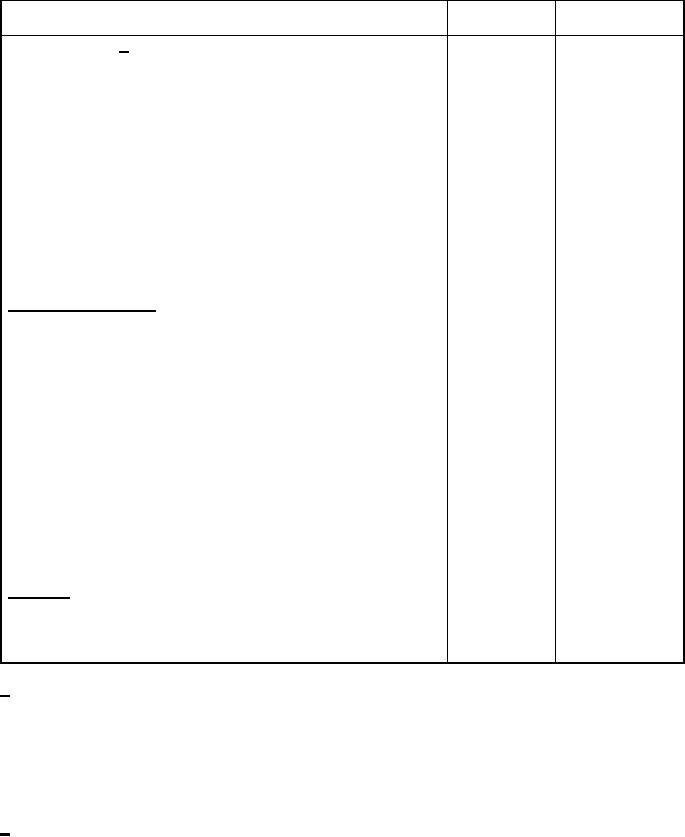
MIL‐DTL‐81543C
TABLE II (Continued)
Defects
Major
Minor
f. Stitch tension 3/:
(1) Loose tension, resulting in a loose seam or tight tension
X
resulting in breaking of stitches, when normal pull is
applied
g. Stitches per inch (only when condition exists on the major
portion of the seam):
(1) Stitches more or less than specified:
X
(a) One or two stitches
X
(b) More than two stitches
Cementing operations
a. Any cementing operation not in accordance with
requirements:
(1) Seriously affecting serviceability or appearance
X
(2) Not seriously affecting serviceability or appearance.
X
b. Any void or channel in any cementing operation:
X
(1) Seriously affecting serviceability or appearance
(2) Not seriously affecting serviceability or appearance
X
c. Excessive wrinkling in any cementing operation
X
Markings
a. Missing, incomplete, incorrect, illegible, or improperly located
X
X
b. Ink not adhere to surface or easily flakes off
1/ A seam shall be classified as open, when one or more stitches joining a seam are broken or when
two or more continuous skipped stitches or run-offs occur. On double stitched seams, a seam is
considered open, when either one or both sides of the seam is open.
2/ Any edge that should be turned under and is not, but is securely caught in the stitching, shall be
classified as a raw edge. Any raw edge not securely caught in the stitching shall be classified as an
open seam.
3/ Puckering is evidence of tight tension or gathering of the material. When puckering is evident, other
than the gathering of the material, the seam or hem, as applicable shall be tested by exerting normal
pull in the lengthwise direction of the seam, hem, or stitching. Gathering of the material shall be
recorded as a puckered seam or hem, as applicable.
10
For Parts Inquires call Parts Hangar, Inc (727) 493-0744
© Copyright 2015 Integrated Publishing, Inc.
A Service Disabled Veteran Owned Small Business